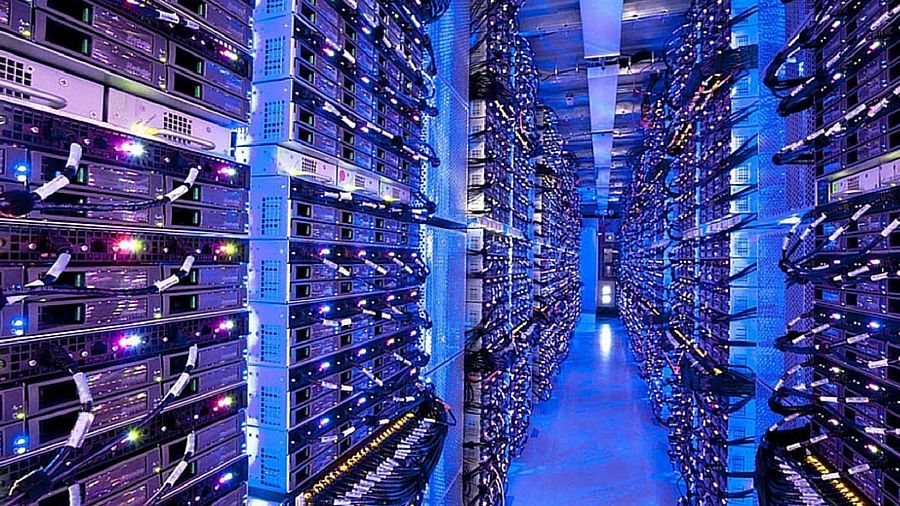- The breathtaking advent of the information-technology-driven applications/solutions in the present-day world has been welcomed as well as embraced by the global community with gay abandon. The ease with which the data-driven digital world has become a seamless part of our daily lives needs no elaboration. Newer technologies being invented dynamically also denote the accelerating pace with which humankind is unearthing hitherto unheard-of modes perpetually. Of course, the emphasis on clean energy, alternative energy, and in line with the necessities of the present times has rightfully garnered the attention of all stakeholders. We are aware of how the global leadership is pushing ahead with electric vehicles as part of the green revolution. Good.

PC: Medium
- Environmental degradation is a real concern that must be addressed with utmost seriousness. We know the perils of weather vagaries caused by incessant environmental degradation in the last few decades. Conversely, every new technology is also accompanied by genuine concerns. Note that India is growing its role in data centre markets, but it must first augment water availability. The recent outage at Amazon Web Services is a reminder of the cloud’s earthly nature. We can dematerialize songs, movies, photos, identity, friendships, bank accounts, games, and whatnot, but they still reside as zeroes and ones somewhere on physical servers in physical data centres. And there are 12,000 data centres globally, in the 33rd year of the internet’s public release.

PC: TechRadar
- It’s a double-edged sword. The good that these pillars of the internet do is well-known. UPI payments, for instance, won’t be possible without them. But their growing scale is increasingly drawing attention to the harm they are capable of. Like the human brain, which accounts for about 20% of our body’s energy use at rest, data centres are terribly energy-hungry. The more demanding a task – like generating an AI video from text prompts – the more energy they consume. And while doing so, they produce massive amounts of heat that could cripple them. So, all data centres consume megawatts of electricity and millions of litres of water for cooling, which is a scarce resource. Little wonder the US is facing protests since half the world’s data centres are located there, and people in the vicinity are facing supply shortages.

PC: Moneycontrol
- Yes, India is a small player relative to the US, who isn’t? Even China is at roughly 10% the size, though it aspires to increase its share rapidly. Google’s announcement last week of a $15bn investment over five years is a step in this direction. Indian data centre capacity is likely to grow by around 80% between 2024 and 2027. Data centre water consumption, meanwhile, looks set to jump from 150bn litres in 2025 to almost 360bn litres in 2030. Notably, can’t cool these centres with ordinary river water. It must be of potable quality. Therein lies the catch. Since no Indian city currently has enough water around the year, even for residents, either data centres or the people will have to remain thirsty. India and the global community must be aware of this situation.






